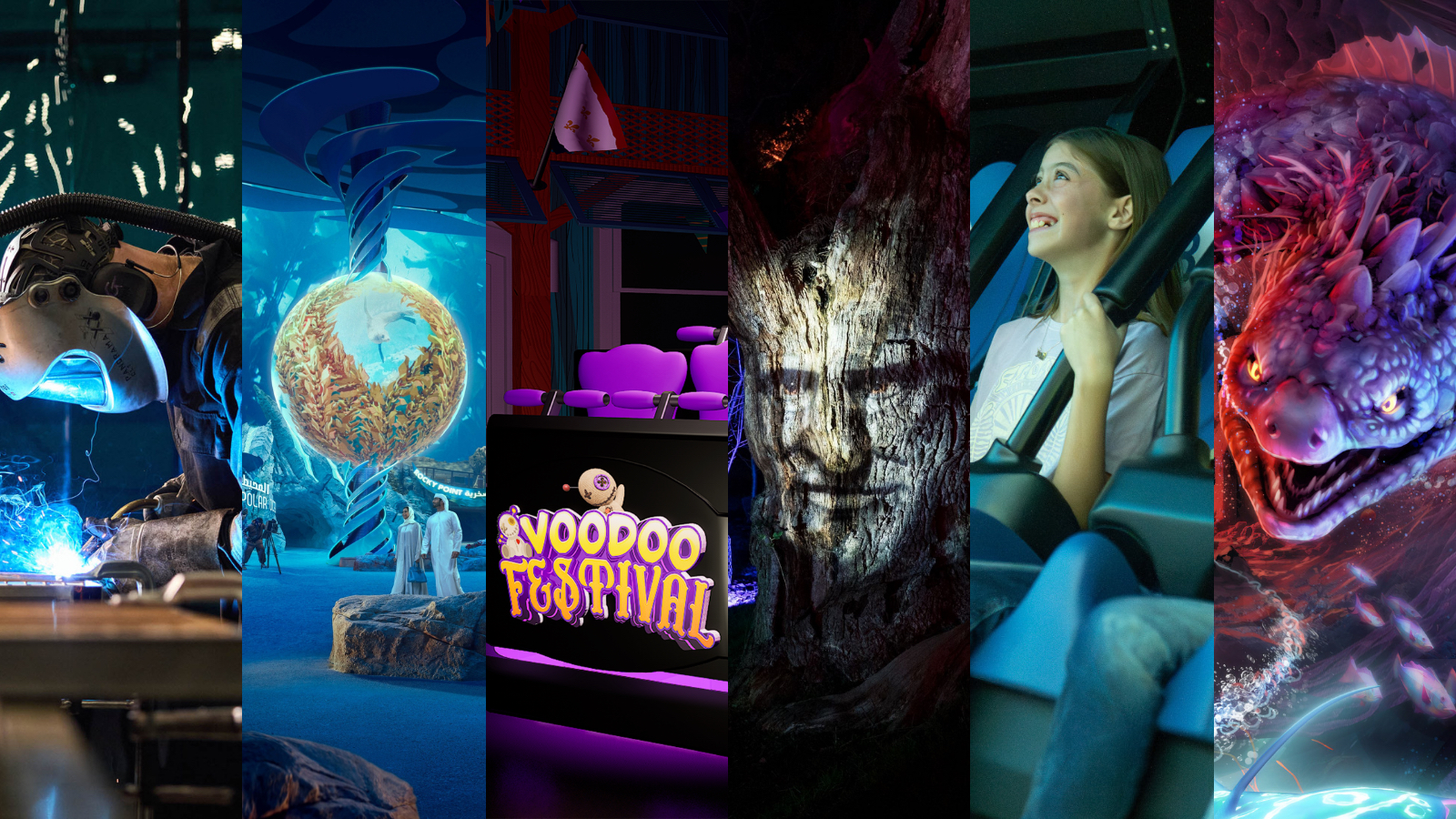|
3D printing has been used to create a full-size replica of a World Heritage site in China, offering visitors an up close and personal experience while also securing crucial data for future world heritage protection

Tom Anstey | Planet Attractions | 17 Feb 2023

 The Yungang Grottoes are a series of ancient Buddhist rock-cut temples located in Datong, Shanxi Province Credit: Unesco The Yungang Grottoes are a series of ancient Buddhist rock-cut temples located in Datong, Shanxi Province Credit: Unesco
A 3D printed reproduction of a Unesco World Heritage site in China could be the answer to preserving ancient treasures should they be destroyed or suffer damage in the future.
The Yungang Grottoes are a series of ancient Buddhist rock-cut temples located in Datong, Shanxi Province. Made up of 252 caves and 51,000 statues, the site was inscribed onto the World Heritage list in 2001 and is considered a classical masterpiece of the first peak of Chinese Buddhist art.
A giant 3D printing reproduction of Cave Number Three at the site has gone on display inside its art museum, marking the first time ever that 3D printing technology has been used to replicate a cultural treasure on such a large scale.
The cave is known for its vast carvings, with the replica matching the exact appearance and scale of the original. The reproduction stands 17.9m (58.8ft) tall and 13.6m (44.7ft) wide, with a central Buddha statue standing 9.93m (32.7ft) tall.
To achieve the stunning recreation, more than 10,000 images of the cave and its resident Buddha were collected, with those images used to build a 3D digital model of the space. That model was then split into 842 parts to be printed on multiple 3D printers. The final installation and colouring took around three months to complete.
The 3D printed version offers a number of benefits for both the public and academics. Visitors can experience the caves in a tangible way without risk of damage or degradation of the art, while the caves or any other historic sites can also be digitally and permanently documented to the advantage of preservation.
3D printing is on the rise in the heritage world, with researchers, museums and institutions using the technology to replicate cultural replicas in order to offer access to a wider audience.
The printing follows one in 2020 when researchers were able to successfully replicate a smaller cave in Yungang Grottoes - Number 12.
The success of the latest printing, say officials, represents a significant achievement in the field of cultural preservation and technology in China.
“With the help of progressing 3D technologies, more and more details of 3D shapes and textures can be collected and integrated into massive 3D models,” said a research paper published in the journal Ars Orientals
“This project, produced jointly by a team from the Yungang Grottoes Research Academy and Zhejiang University, marks a milestone in the development and usage of digital technology for the preservation of cultural heritage in China.
“By presenting the massive quantity of digital information on these cultural relics to the audience as a unified whole, the replica grotto gives viewers a deeply immersive experience far beyond the level achievable by current VR headset equipment. The replica grotto is open to all visitors, free of charge, on business days when the building is open. Every day, hundreds of visitors seize the chance to explore the world’s first full-size replica of a Yungang grotto, gaining a great impression of the distant site.”
Heritage
|
|






Supplier Showcase 2025: The biggest attractions projects landing worldwide this year
|